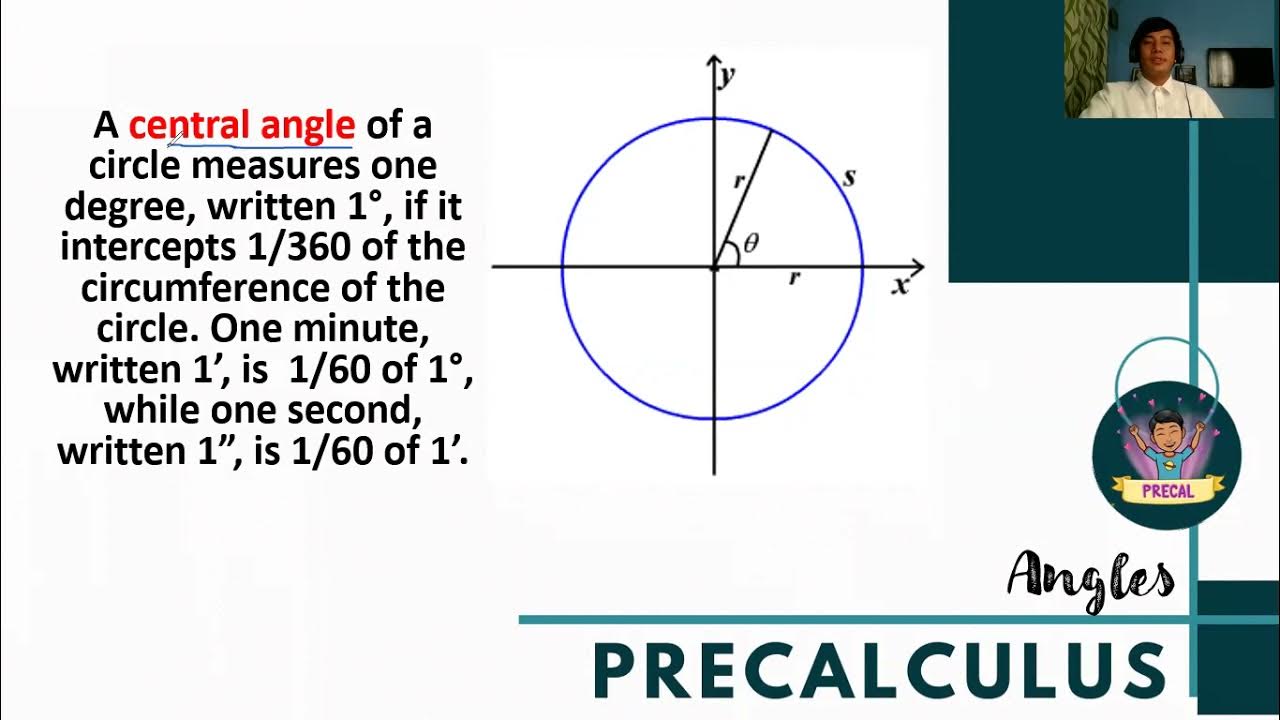BTEC Applied Science - Unit 5 Chemistry - sigma and pi bonding hybridisation
Summary
TLDRThis video lesson covers key chemistry concepts from unit five of a BTech applied science course. It explains sigma and pi bonding in alkanes and alkenes, focusing on the hybridization of orbitals (sp3 and sp2). The video details the structure and bonding of carbon, illustrating how carbon atoms form covalent bonds through hybridized orbitals. It also highlights the differences in bond angles and shapes between sp3 and sp2 hybridization, providing an understanding of sigma and pi bonds' formation in different molecules. Viewers are encouraged to like and subscribe for more lessons.
Takeaways
- 📚 The lesson is focused on Unit 5 of BTech Applied Science, covering the topics of sigma and pi bonding in chemistry.
- 🔗 Sigma and pi bonds are introduced: single bonds are always sigma bonds, while double bonds consist of one sigma bond and one pi bond.
- 💡 Covalent bonds are defined as the electrostatic attraction between a shared pair of electrons and two nuclei.
- 🔵 The shape of an s-orbital is spherical, while p-orbitals have a dumbbell shape, and there are three p-orbitals (px, py, pz).
- ⚛️ Carbon can form four covalent bonds, which is explained through the hybridization of its orbitals (sp3 and sp2 hybridizations).
- 🔄 Sp3 hybridization occurs in alkanes with single bonds, where one s orbital and three p orbitals combine to form four sp3 hybridized orbitals.
- 🔺 Sp3 hybridized orbitals result in a tetrahedral shape with a bond angle of 109.5°.
- 🧬 Sp2 hybridization occurs in alkenes with double bonds, where one s orbital and two p orbitals combine to form three sp2 hybridized orbitals.
- 🔻 Sp2 hybridized orbitals result in a trigonal planar shape with a bond angle of 120°.
- 💥 Pi bonds are formed from the overlap of unhybridized p-orbitals, which are located above and below the two nuclei, providing additional bonding in molecules with double bonds.
Q & A
What is the difference between sigma (σ) and pi (π) bonds?
-A sigma (σ) bond occurs when the shared pair of electrons is directly between the two nuclei, while a pi (π) bond forms when the shared pair of electrons is above and below the nuclei. In double bonds, one bond is sigma, and the other is pi.
What is the hybridization of carbon in alkanes, and what does sp3 hybridization mean?
-In alkanes, carbon undergoes sp3 hybridization, which means one s orbital and three p orbitals combine to form four new sp3 hybridized orbitals. These orbitals allow carbon to form four single covalent bonds, arranged in a tetrahedral shape with a bond angle of 109.5°.
Why can carbon form four covalent bonds, even though its electron configuration suggests it can only form two?
-Carbon's ground-state electron configuration only shows two unpaired electrons, but through hybridization, the 2s and 2p orbitals mix, forming four new sp3 hybridized orbitals. This process allows carbon to form four covalent bonds.
What is the shape and bond angle around a carbon atom that has undergone sp3 hybridization?
-The shape is tetrahedral, and the bond angle is 109.5°, with four sigma bonds repelling each other equally.
How is the bonding different in ethane (C2H6) and ethene (C2H4)?
-In ethane (C2H6), all bonds are sigma bonds, while in ethene (C2H4), there is one sigma bond and one pi bond between the two carbon atoms, with the remaining bonds to hydrogen being sigma bonds.
What happens during sp2 hybridization, and where does the pi bond come from?
-In sp2 hybridization, one s orbital and two p orbitals combine to form three sp2 hybridized orbitals. These three orbitals form sigma bonds, and the remaining unhybridized p orbital forms a pi bond by overlapping with another p orbital.
What is the bond angle and molecular shape in an sp2 hybridized carbon structure?
-The bond angle in an sp2 hybridized carbon structure is 120°, and the molecular shape is trigonal planar.
What is the definition of a covalent bond?
-A covalent bond is the electrostatic attraction between a shared pair of electrons and two nuclei.
How do p orbitals contribute to the formation of pi bonds?
-Pi bonds are formed by the sideways overlap of unhybridized p orbitals above and below the plane of the nuclei in a molecule, creating an electron density above and below the bonding atoms.
What is the significance of hybridization in understanding chemical bonding?
-Hybridization helps explain the molecular geometry and bonding properties of atoms, allowing elements like carbon to form more bonds than would be expected based on their electron configuration alone. It shows how orbitals mix to create new bonding capacities.
Outlines

このセクションは有料ユーザー限定です。 アクセスするには、アップグレードをお願いします。
今すぐアップグレードMindmap

このセクションは有料ユーザー限定です。 アクセスするには、アップグレードをお願いします。
今すぐアップグレードKeywords

このセクションは有料ユーザー限定です。 アクセスするには、アップグレードをお願いします。
今すぐアップグレードHighlights

このセクションは有料ユーザー限定です。 アクセスするには、アップグレードをお願いします。
今すぐアップグレードTranscripts

このセクションは有料ユーザー限定です。 アクセスするには、アップグレードをお願いします。
今すぐアップグレード5.0 / 5 (0 votes)






